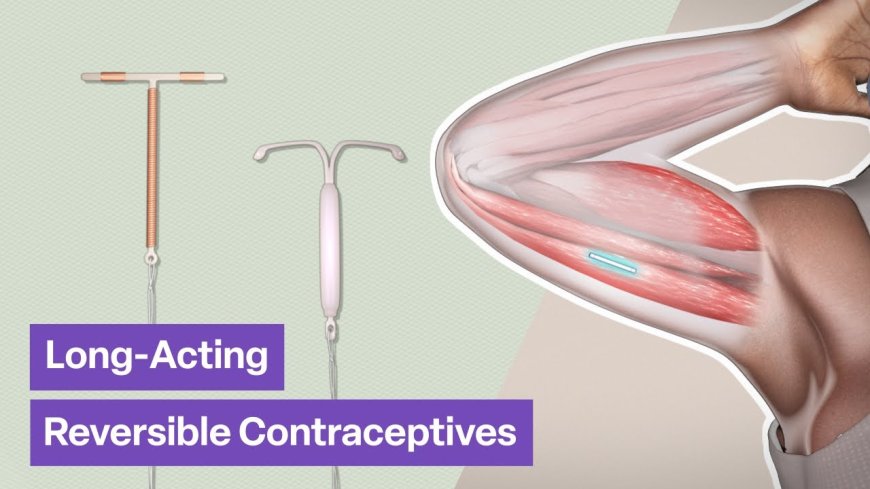How Long-Acting Reversible Contraceptives (LARCs) Work
Learn about LARCs including hormonal implants and IUDs. Understand their effectiveness, benefits, and how they provide long-term, reversible contraception.

Long-Acting Reversible Contraceptives (LARCs) are among the most effective and popular methods of birth control available today. They offer a highly reliable way to prevent pregnancy over an extended period without requiring daily attention or frequent maintenance. This makes LARCs an ideal choice for many people who want hassle-free, long-term contraception with minimal user error.
LARCs primarily come in two forms: intrauterine devices (IUDs) and contraceptive implants. Both methods involve placing a small device inside the body — either in the uterus or under the skin of the upper arm — which then provides continuous contraception for several years. The key advantage of LARCs is their “set and forget” nature: once inserted by a healthcare professional, they work effectively without any further action needed by the user until they are removed or reach their expiration date.
Hormonal LARCs release a low dose of the hormone progestin, which prevents pregnancy through multiple mechanisms. First, they inhibit ovulation, meaning that the ovaries do not release an egg during the menstrual cycle. Second, they thicken the cervical mucus, creating a barrier that blocks sperm from reaching the egg. Third, they thin the lining of the uterus, making it less suitable for implantation should fertilization occur. Hormonal LARCs include hormonal IUDs, which typically provide protection for 3 to 7 years, and contraceptive implants, which last up to 3 years.
On the other hand, non-hormonal LARCs like the copper IUD work differently. The copper IUD is a small T-shaped device inserted into the uterus that releases copper ions, which are toxic to sperm. This creates an environment that impairs sperm motility and viability, preventing fertilization. The copper IUD can provide effective contraception for up to 10 years and is an excellent option for individuals who prefer to avoid hormones or cannot use hormonal methods due to medical reasons.
One of the most important benefits of LARCs is that they are reversible. When a person decides they want to conceive, the device can be removed by a healthcare provider, and fertility usually returns quickly. Unlike permanent sterilization, LARCs offer flexibility for future family planning while maintaining high effectiveness in the meantime.
Because LARCs do not require daily or monthly user action, their failure rates are very low compared to other birth control methods that rely heavily on user compliance, such as pills or condoms. This makes LARCs particularly suitable for people who want a “set it and forget it” option without worrying about forgetting doses or interruptions.
While LARCs are generally well-tolerated, some users may experience side effects. Hormonal LARCs can cause changes in menstrual bleeding patterns, including irregular spotting, lighter periods, or even the absence of periods. Copper IUDs may initially cause heavier or more painful periods, though these symptoms often improve over time. Any side effects usually diminish after the first few months of use.
Another advantage of LARCs is that they do not increase the risk of pelvic infections if proper insertion protocols are followed. They also do not affect long-term fertility or cause permanent changes to the reproductive system. This makes LARCs a safe and effective contraceptive option for a wide range of people, including teenagers and those who have never given birth.
Choosing the right LARC method depends on individual health, lifestyle, and reproductive goals. Consulting with a healthcare provider is essential to discuss options, potential side effects, and any medical concerns to select the best device and method for each person’s unique needs.
In summary, Long-Acting Reversible Contraceptives are a reliable, convenient, and reversible birth control choice that offers years of protection with minimal maintenance. Their effectiveness, ease of use, and flexibility make them an excellent option for individuals seeking long-term contraception without the daily burden of pills or other short-term methods.











